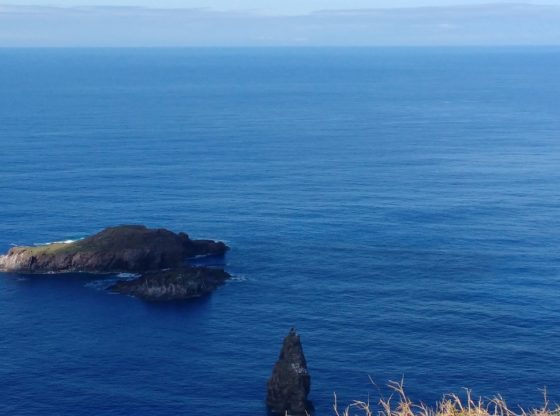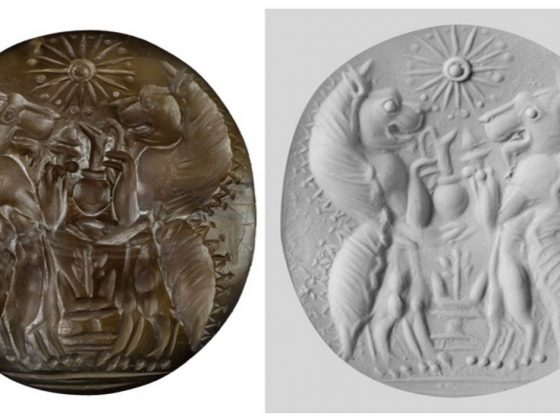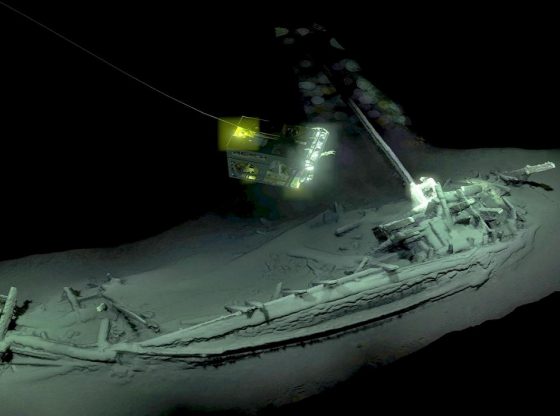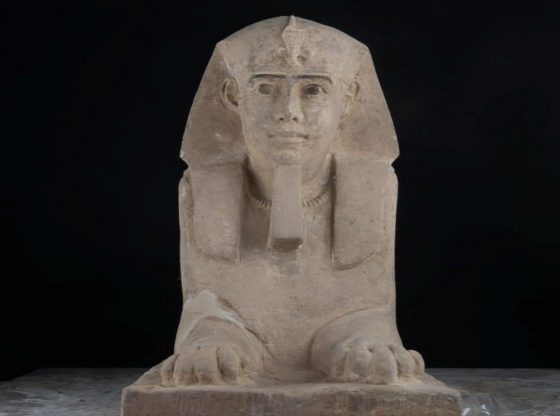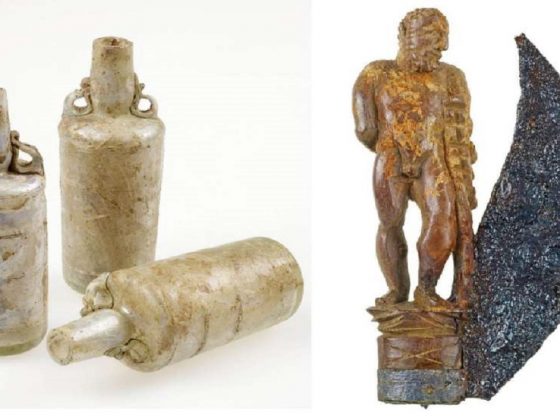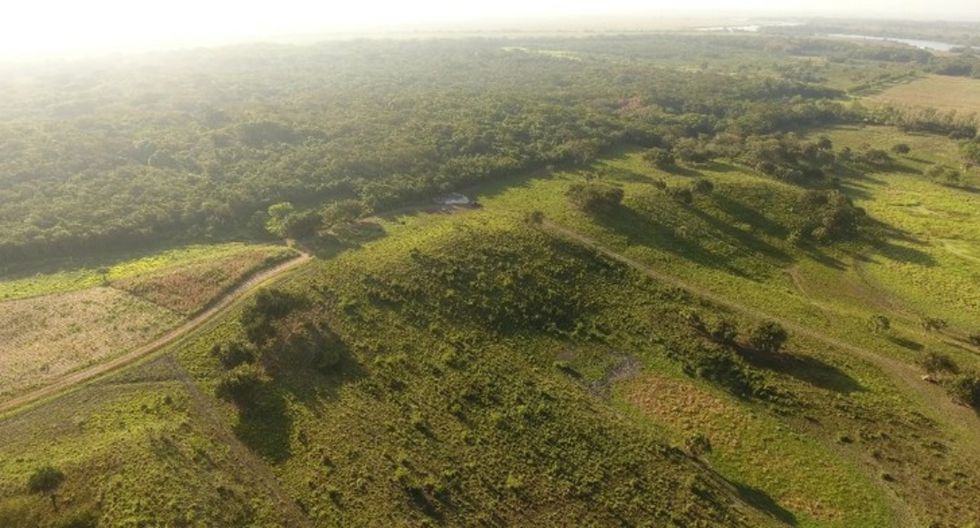
The oldest and largest Maya monumental structure on record has just been discovered after scientists used LIDAR from a plane to map an area in southern Mexico.
The site, called Aguada Fénix, is located in the state of Tabasco, at the base of the Gulf of Mexico. The structure is so vast, the find is making archaeologists recalibrate their timelines on the architectural capabilities of the mysterious Maya.
The Maya were a Mesoamerican civilization that flourished across Mexico and Central America from 2000 BCE to the time of the Spanish Conquistadors in the 16th Century. They are best known for the taller, stepped pyramids built at sites like Chichen Itza.
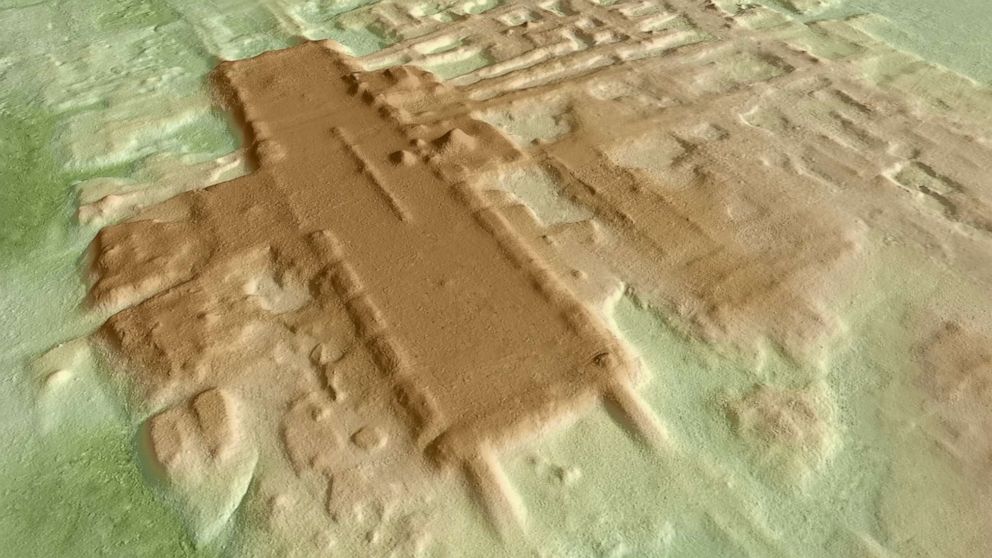
Aguada Fénix measures over 1.4 kilometers (almost a mile, 0,87) in length to its greatest extent. Researchers estimate that it was built between 1000 and 800 BCE – but its immense size and scope make it unlike anything found before from the period.
The discovery pushes back when archaeologists thought this civilization built large structures The 3,000-year-old structure is far older than the Maya site of Ceibal (aka Seibal) that was thought to be the oldest ceremonial center, dating back to around 950 BCE.
“To our knowledge, this is the oldest monumental construction ever found in the Maya area and the largest in the entire pre-Hispanic history of the region,”
“It forced us to change our understanding of the development of Maya civilization and the development of human society in general,”
– Takeshi Inomata, a professor of anthropology at the University of Arizona, who led a new study on the finding.
This huge, unknown structure has actually been hiding in plain sight for centuries.
“This area is developed,”
“It’s not the jungle; people live there. But this site was not known because it is so flat and huge. It just looks like a natural landscape.”
It cannot hide from non-human eyes, however. Aerial surveys using LIDAR detected the anomaly. The lasers revealed an elevated platform measuring 1,413 meters north to south, and 399 meters east to west, and extending up to 15 meters above the surrounding area.
“Using low-resolution lidar collected by the Mexican government, we noticed this huge platform,”
– Professor Takeshi Inomata, a researcher in the School of Anthropology at the University of Arizona.
Olmec sites San Lorenzo and La Venta
The site looks similar to the older Olmec civilization center of San Lorenzo and La Venta to the west. It may seem likely that the people who built Aguada Fénix were inspired by the Olmec temples, but archaeologists considers the sites “quite distinct,” adding that the pottery found at each location is very different. Aguada Fénix incorporates distinctly Mayan features, including raised causeways and reservoir systems.
Radiocarbon dating of 69 samples from Aguada Fénix shows that it was used between 1000 BCE and 800 BCE. After it was largely abandoned by 750 BCE, small groups returned to use the structure. The period in which Aguada Fénix was constructed marked a gap in power – after the decline of San Lorenzo and before the rise of another Olmec center, La Venta.
Inomata and his team will continue to work at Aguada Fénix and do a broader lidar analysis of the area. They want to gather information about surrounding sites to understand how they interacted with the Olmec and the Maya.
“We have substantial information about ceremonial construction,” “but we want to see how people lived during this period and what kind of changes in lifestyle were happening around this time.”
– Inomata said.
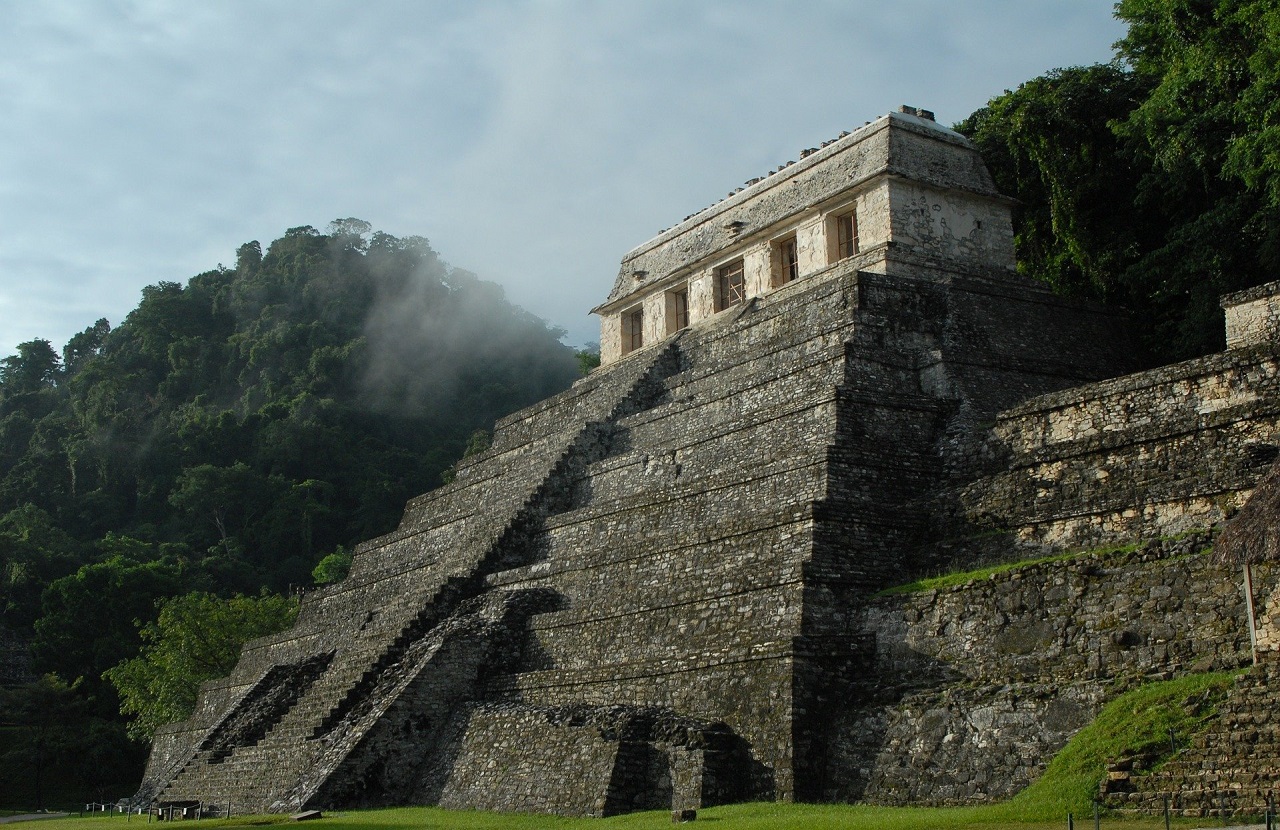
Reference:
Takeshi Inomata et al. Monumental architecture at Aguada Fénix and the rise of Maya civilization Nature · June 2020 DOI: 10.1038/s41586-020-2343-4

